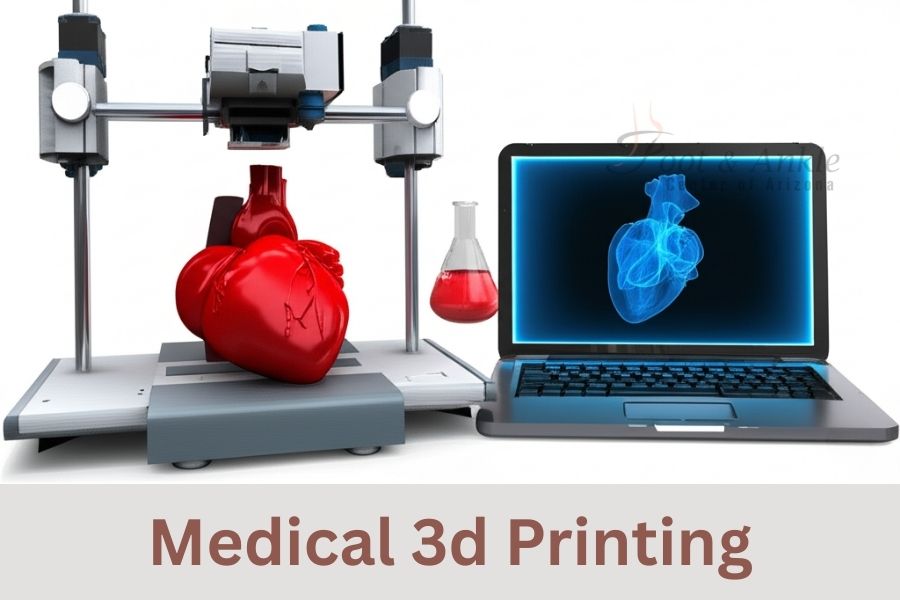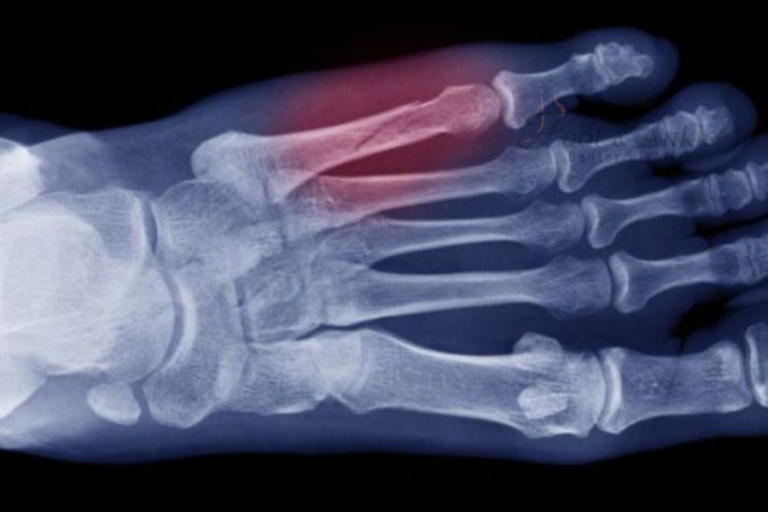Revolutionizing Surgery: Medical 3D Printing
Medical 3D printing is quickly becoming one of the most promising innovations in healthcare. By using specialized printers to create detailed, patient-specific models of organs, bones, and tissues, surgeons are gaining new tools to plan and perform complex procedures with greater precision.
What once sounded futuristic is now a reality in many hospitals. From educational models to life-saving implants, 3D printing is helping reshape modern surgery.
How Medical 3D Printing Works
Medical 3D printing uses advanced imaging techniques such as CT scans and MRIs to capture a patient’s anatomy in fine detail. This data is then converted into a digital file, which a 3D printer can reproduce layer by layer. Depending on the application, the printer might use plastic, resin, or even biocompatible materials designed for implantation.
This allows doctors to create:
- Surgical guides for precise incisions.
- Custom prosthetics and implants tailored to each patient.
- Realistic anatomical models for education and surgical planning.
Benefits in Surgery
The advantages of medical 3D printing go far beyond convenience. Some of the most significant benefits include:
- Personalized Medicine
Every patient is unique. 3D printing makes it possible to design implants or prosthetics that match an individual’s exact anatomy, improving comfort and effectiveness. - Better Surgical Planning
Surgeons can practice on printed models of tumors, bones, or organs before operating. This reduces guesswork and helps shorten operation times. - Improved Patient Communication
Patients often struggle to understand medical imaging. A physical model makes it easier for doctors to explain conditions and treatment plans, helping patients feel more informed and reassured. - Reduced Costs
Although still developing, the technology has the potential to lower costs by reducing surgical errors, minimizing complications, and cutting down on time spent in the operating room.
Real-World Applications
While research is still catching up with practice, many success stories already show the power of this technology:
- Orthopedics: Custom 3D-printed joints and bone replacements are being implanted with promising results.
- Cardiac Surgery: Surgeons have printed heart models to better plan complex operations on children with congenital heart defects.
- Dentistry and Maxillofacial Surgery: Customized dental implants and facial reconstructions are now routine in many clinics.
- Organ Prototypes: Though fully functional 3D-printed organs are still in development, researchers are making strides in printing tissues with living cells.
Challenges and Limitations
Despite its potential, medical 3D printing faces a few obstacles:
- Regulatory approval for new devices and implants can be lengthy.
- High costs for advanced printers and materials may limit access in smaller hospitals.
- Research gaps still exist, as long-term outcomes of some procedures are not fully studied.
The Future of 3D Printing in Medicine
Many experts predict that medical 3D printing will soon become a standard tool in surgery. As technology advances and costs decline, more hospitals will integrate 3D printing into their daily practice. Future developments may include:
- Printing with living cells to create transplantable organs.
- Faster, on-demand production of implants in emergency situations.
- Integration with robotics and AI to make procedures even more precise.
Medical 3D printing is not just a passing trend—it’s a transformation in how we approach surgery. From creating detailed surgical guides to developing personalized implants, this technology is opening doors that once seemed impossible. While challenges remain, the progress so far is a glimpse of a future where surgery is safer, faster, and more personalized than ever before.




